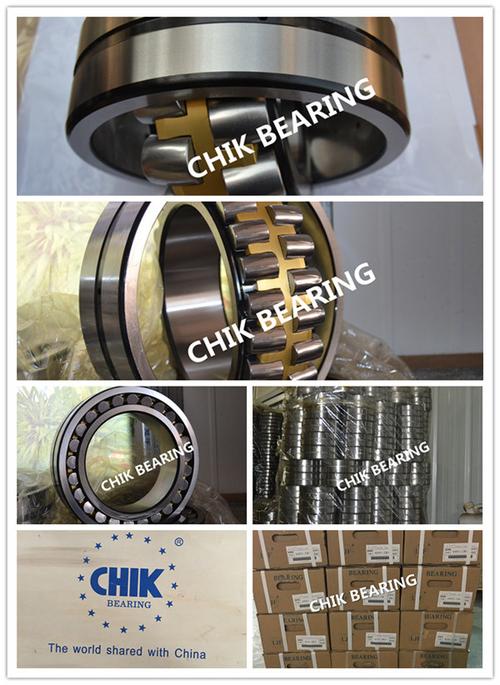How to Install Industrial Bearings: A Step-by-Step Guide with Pro Tips
Industrial bearing installation is a critical process that ensures machinery operates smoothly and efficiently. Proper installation reduces wear, prevents premature failure, and maintains optimal performance. This guide covers essential techniques, tools, and safety measures for professionals.
Table of Contents
1. Industrial bearing installation steps2. Bearing installation tools
3. Proper bearing mounting techniques
4. Industrial bearing lubrication
5. Bearing installation errors
1. Industrial bearing installation steps

Installing industrial bearings requires precision. Begin by cleaning the shaft and housing thoroughly to remove contaminants. Measure dimensions to ensure proper fitment. Use hydraulic or mechanical presses for interference fits, applying force evenly to avoid tilting. Always follow manufacturer torque specifications when securing retaining mechanisms. Thermal installation methods may be employed for large bearings, heating them to 80-90°C before mounting. Post-installation, verify alignment using dial indicators and conduct initial lubrication per operational requirements.
2. Bearing installation tools
Specialized tools ensure safe bearing installation. Bearing heaters prevent thermal stress during expansion, while induction heaters provide controlled temperature increases. Hydraulic nut systems deliver precise axial force for large bearings. Drift punches and installation sleeves protect bearing races during hammer-driven installations. Digital torque wrenches guarantee accurate fastener tightening. Always use PPE including gloves and safety glasses when operating these tools.
3. Proper bearing mounting techniques
Correct mounting preserves bearing integrity. For cylindrical bore bearings, apply pressure only to the ring being mounted—press the inner ring when fitting to shafts, outer ring for housing installations. Tapered bore bearings require axial drive-up measurement using micrometer calipers. Never strike bearings directly with hammers; use nylon or copper mallets. Implement pre-lubrication procedures specified in technical datasheets before final assembly.
4. Industrial bearing lubrication
Lubrication significantly impacts bearing lifespan. Select grease based on operating temperature, speed (DN value), and load conditions. For oil lubrication, maintain proper viscosity and filtration levels. Apply initial grease fill at 30-50% of free space in housing. Relubrication intervals depend on operational hours and environmental factors. Avoid mixing incompatible lubricants, which can cause chemical breakdown and accelerated wear.
5. Bearing installation errors
Common mistakes include misalignment exceeding 0.05mm, improper press-fit tolerances causing brinelling, and contamination from dirty work surfaces. Overheating bearings beyond 120°C during thermal installation degrades material properties. Incorrect lubrication quantities lead to overheating (overfill) or metal-to-metal contact (underfill). Always use certified alignment tools and maintain ISO 4406 cleanliness standards in work areas.
Mastering industrial bearing installation requires understanding these critical aspects: precision alignment techniques, proper tool selection, contamination control, and lubrication management. Whether dealing with spherical roller bearings in mining equipment or precision angular contact bearings in robotics, these principles ensure maximum service life. Explore our detailed guides on bearing maintenance schedules, advanced alignment methodologies, and industry-specific installation protocols to further enhance your technical expertise.
Proper industrial bearing installation combines technical knowledge with practical execution. By following standardized procedures, using appropriate tools, and adhering to maintenance schedules, engineers can significantly reduce downtime and operational costs. Remember that even minor installation errors can lead to catastrophic failures—precision at every stage ensures optimal machinery performance.




 13869596835
13869596835